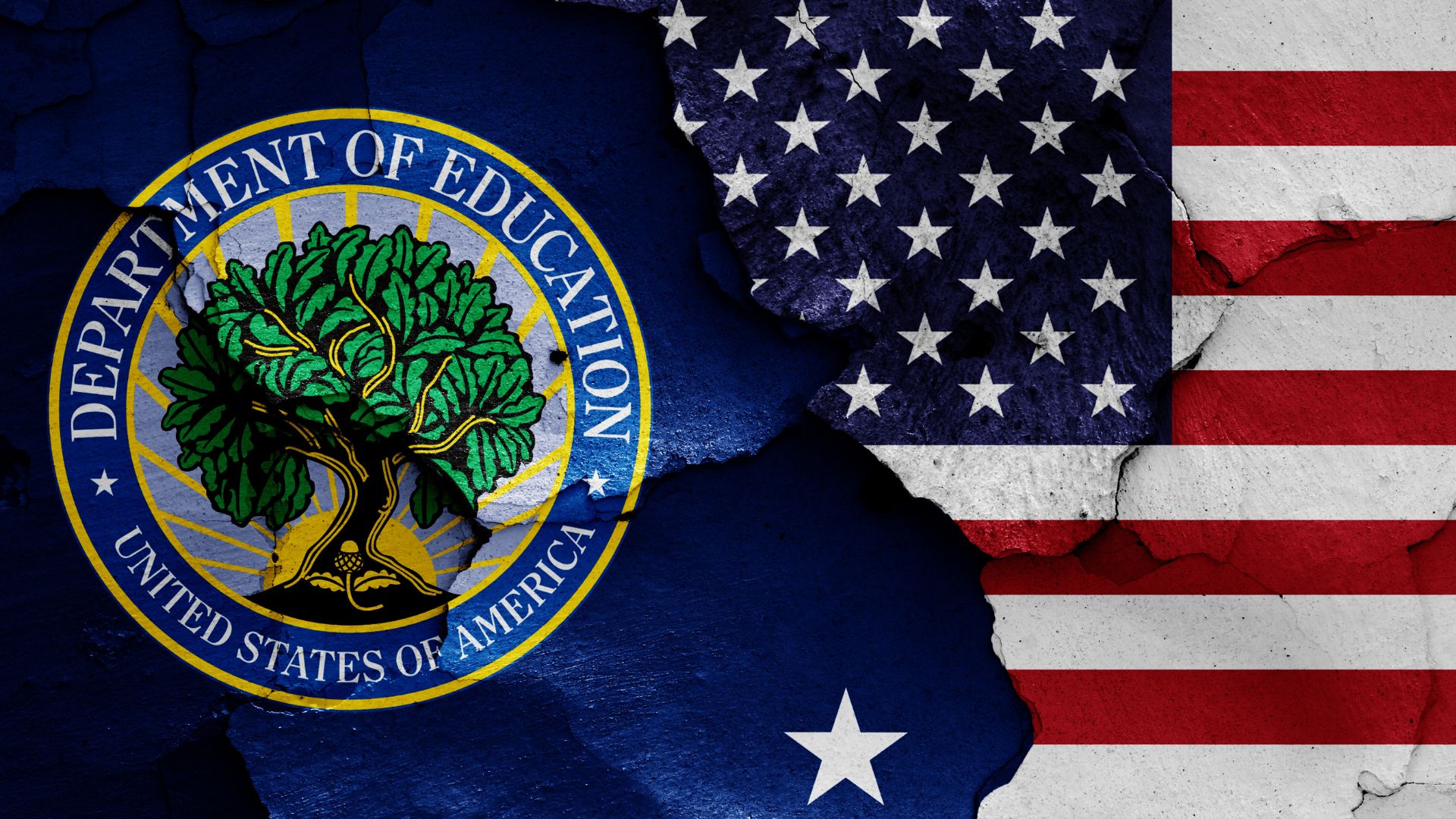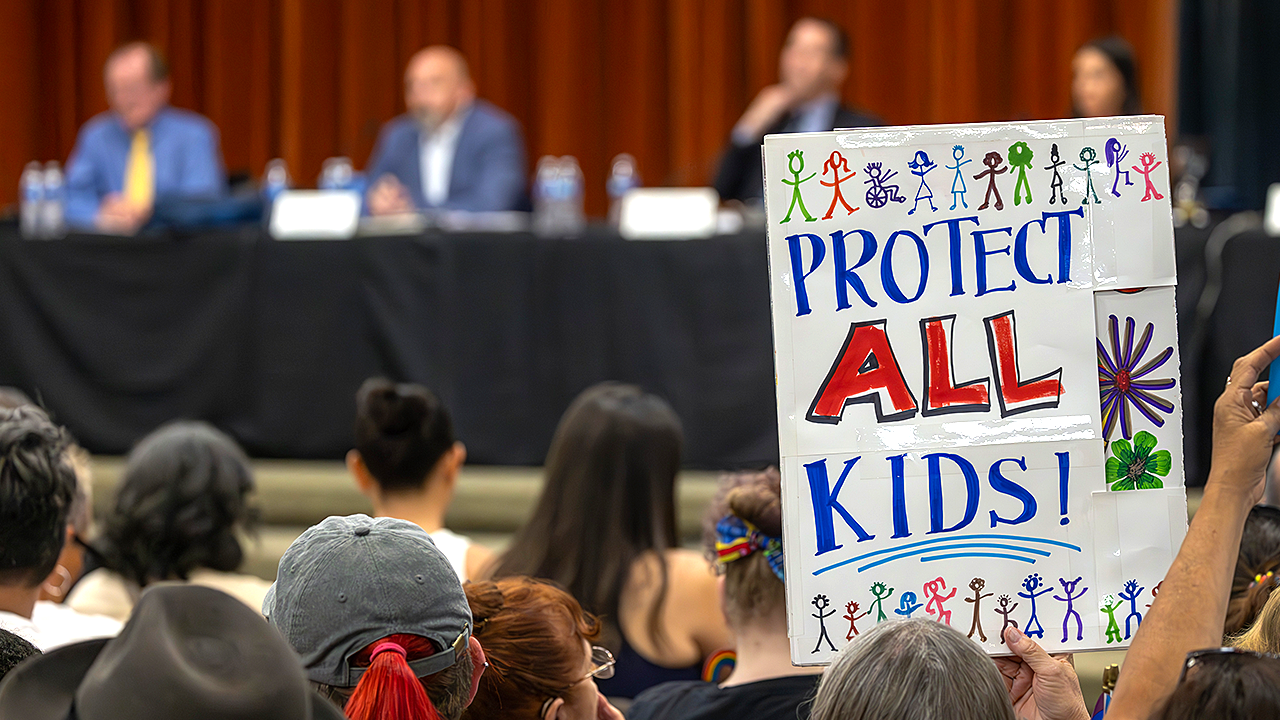The Department of Education announced this week that nearly 460 employees have been laid off as part of President Donald Trump’s initiative to reduce the size of federal agencies and shift authority over education back to states and local communities.
The cuts represent roughly 20 percent of the department’s workforce and mark a major step in the administration’s long-promised effort to reduce Washington’s involvement in public education.
The Department of Education began in 1979.
In 1978, America was ranked #1 in education.
Today, America is ranked 28th in Education.
The Department of Education is a FAILED experiment.
SHUT IT DOWN. pic.twitter.com/zuMYBIljQu
— Mila Joy (@MilaLovesJoe) October 12, 2025
The largest reductions affected the Office of Special Education and Rehabilitative Services, along with staff associated with the TRIO college access program.
This Could Be the Most Important Video Gun Owners Watch All Year
According to administration officials, the decision was driven by the need to streamline operations and eliminate duplicative programs that have grown over decades of federal expansion.
Teachers unions and Democratic lawmakers immediately criticized the move, arguing that the layoffs would negatively impact students and families.
Several union representatives called the reductions “harmful to students,” claiming they would reduce federal oversight of special education and college preparation programs.
However, administration officials countered that the current system has become inefficient and costly, diverting billions of dollars into administrative overhead rather than directly benefiting classrooms.
President Trump has consistently argued that the Department of Education has grown into a “bloated bureaucracy” that consumes taxpayer funds while producing limited results.
His executive order to begin phasing out the department is part of a broader initiative to return decision-making power to states, local districts, and parents.
The president has said that education policy should be determined “by those closest to the students, not by bureaucrats in Washington.”
Education Secretary Linda McMahon reiterated that students with disabilities will remain a top priority under the restructuring.
She noted that responsibility for some disability-related programs could eventually shift to the Department of Health and Human Services, where existing medical and rehabilitation expertise could improve coordination.
“This is about better management, not abandonment,” McMahon said during a briefing.
“We are focused on ensuring students receive services more efficiently and effectively.”
Administration officials said the restructuring is designed to consolidate overlapping functions and reduce redundancy between agencies.
They also emphasized that many state education departments have the capacity to manage federal grants and special programs directly, reducing the need for multiple layers of review from Washington.
Republican lawmakers have expressed support for the downsizing, calling it a necessary correction to decades of federal overreach in education policy.
They argue that the federal government’s growing list of mandates and compliance requirements has imposed costly burdens on schools while producing little improvement in academic outcomes.
“For too long, states have had to navigate a maze of federal regulations just to access their own education funding,” one GOP congressional aide said.
“This reform puts that control back where it belongs.”
Democratic leaders have opposed the cuts and accused the administration of using them to advance a political agenda.
The ongoing dispute has contributed to a partial government shutdown affecting several federal agencies, including the Department of Education, where approximately 90 percent of remaining staff have been furloughed.
Despite the political fallout, administration officials maintain that the layoffs are part of a larger strategy to modernize federal operations and prioritize efficiency.
President Trump’s team estimates that reducing the size of the department will save hundreds of millions of dollars annually while redirecting resources toward state and local education initiatives.
President Trump has framed the move as part of his broader commitment to reforming Washington’s bureaucracy.
“Our goal is simple,” the president said earlier this year.
“Put power back in the hands of parents, teachers, and communities, and end the waste that has defined the federal education system for far too long.”
The Department of Education’s workforce reduction is expected to continue in phases as the administration evaluates additional areas for consolidation.
The plan reflects the administration’s broader education strategy—one that prioritizes local control, fiscal responsibility, and greater accountability to families rather than federal agencies.
Read the full article here







![Swalwell’s Governor Run Off to Rocky Start After ‘Self-Own’ Seen in Launch Video [WATCH] Swalwell’s Governor Run Off to Rocky Start After ‘Self-Own’ Seen in Launch Video [WATCH]](https://www.lifezette.com/wp-content/uploads/2025/05/2025.05.15-12.21-lifezette-6825dc5933dd5.jpg)




![Bizarre Anti-ICE Demonstration at a California Home Depot Has People Calling Them Retards [WATCH] Bizarre Anti-ICE Demonstration at a California Home Depot Has People Calling Them Retards [WATCH]](https://www.lifezette.com/wp-content/uploads/2025/07/2025.07.16-09.06-lifezette-6878146b72e36.jpg)